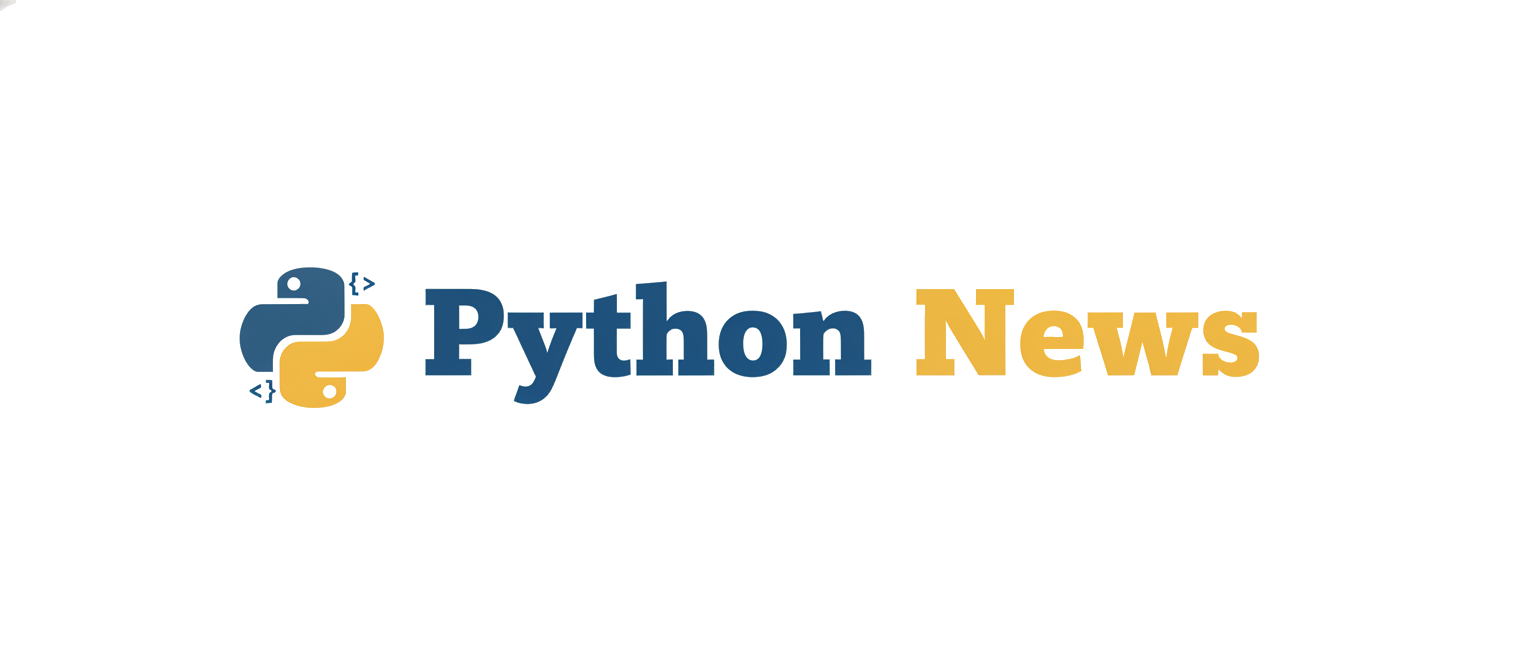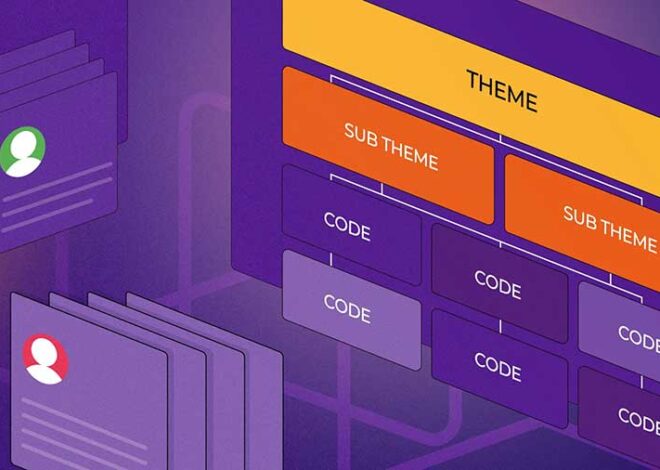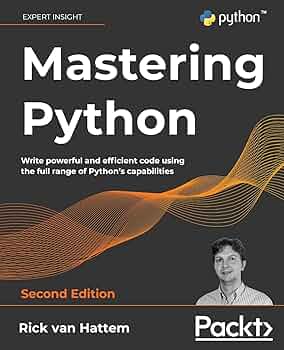
Python News: How New APIs are Revolutionizing LLM Fine-Tuning for Developers
The New Frontier in AI: Fine-Tuning LLMs with Simple Python APIs
In the rapidly evolving landscape of artificial intelligence, the ability to customize Large Language Models (LLMs) has become a critical differentiator for businesses and developers. Until recently, fine-tuning these powerful models was a formidable task, reserved for teams with deep machine learning expertise and access to substantial computational resources. The process involved complex infrastructure management, intricate scripting with libraries like PyTorch or TensorFlow, and a steep learning curve. This high barrier to entry often placed custom AI solutions out of reach for many. However, a significant shift is underway, marking a major development in recent python news. A new wave of platforms is emerging, offering managed fine-tuning services accessible through simple, elegant Python APIs. This paradigm shift is democratizing AI, empowering any Python developer to create bespoke, high-performing language models with just a few lines of code, transforming a once-daunting challenge into a streamlined, accessible workflow.
Section 1: The Paradigm Shift from Complex MLOps to Simple API Calls
To fully appreciate the magnitude of this change, it’s essential to understand the traditional complexities of fine-tuning. The process has historically been a multi-stage, resource-intensive endeavor that goes far beyond writing a simple script. This new API-driven approach abstracts away the friction, allowing developers to focus on what truly matters: the data and the application.
The Traditional Fine-Tuning Gauntlet
Previously, a developer wanting to fine-tune an open-weight model like Llama 3 or Mistral would face a series of technical hurdles:
Infrastructure Provisioning: Sourcing and configuring powerful GPUs (like NVIDIA A100s or H100s) is the first and often most expensive step. This involves managing cloud instances, dealing with GPU availability, and setting up the correct drivers and CUDA versions.
Environment Setup: Creating a stable Python environment with a labyrinth of dependencies—PyTorch, Transformers, Accelerate, PEFT (Parameter-Efficient Fine-Tuning), bitsandbytes, and more—can be a delicate, time-consuming process where version conflicts are common.
Complex Scripting: The fine-tuning logic itself requires a deep understanding of training loops, optimizers, learning rate schedulers, and memory management techniques like quantization (e.g., QLoRA) to fit large models into available VRAM. A typical script could easily span hundreds of lines of boilerplate code.
Data Handling: Preparing and tokenizing a custom dataset, then loading it efficiently during training, requires careful implementation of data loaders and formatters.
Model Deployment: After training, the fine-tuned model weights need to be saved, versioned, and deployed to a scalable inference endpoint, which is another significant MLOps challenge.
The New API-First Approach: A Revolution in Simplicity
The latest trend in the Python ecosystem is the rise of services that encapsulate this entire complex workflow into a single API call. Think of it as the Platform-as-a-Service (PaaS) revolution for AI models. Just as Heroku or Vercel abstracted away server management for web developers, these new services abstract away GPU management and training complexity for AI developers.
With this model, the developer’s responsibility shrinks dramatically. Instead of managing infrastructure, they simply:
Prepare their data in a specified format (e.g., JSONL).
Write a short Python script to authenticate with the service.
Make an API call, specifying the base model, the dataset, and a few key hyperparameters.
Wait for the service to provision resources, run the job, and notify them upon completion.
Use another simple API call to run inference on their newly customized model.
This approach transforms fine-tuning from an MLOps-heavy research project into a straightforward software development task, making it accessible to a much broader audience.
Section 2: A Practical Deep Dive: Fine-Tuning a Model Step-by-Step
Let’s walk through a practical, real-world scenario to illustrate the power of this new API-driven methodology. Imagine we want to build a specialized chatbot for a financial services company. The chatbot needs to understand and respond to customer queries using the company’s specific terminology and tone. We’ll fine-tune an open-weight 7-billion-parameter model for this task.
Step 1: Preparing Your Dataset
LLM fine-tuning interface – The OpenAI fine-tuning UI is here! 🔥 You can now see your fine …
The most crucial step, regardless of the method, is creating a high-quality dataset. For instruction-based fine-tuning, a common format is JSON Lines (JSONL), where each line is a separate JSON object representing a training example. The format typically includes a system prompt, a user query (instruction), and the ideal model response (output).
Our `finance_support_dataset.jsonl` file might look like this:
{“messages”: [{“role”: “system”, “content”: “You are a helpful financial assistant for ‘FinCorp’. Be polite and use official terminology.”}, {“role”: “user”, “content”: “How do I initiate a wire transfer?”}, {“role”: “assistant”, “content”: “To initiate a wire transfer, please log in to your FinCorp online portal, navigate to the ‘Transfers’ section, and select ‘Initiate Wire’. You will need the recipient’s bank name, routing number, and account number.”}]}
{“messages”: [{“role”: “system”, “content”: “You are a helpful financial assistant for ‘FinCorp’. Be polite and use official terminology.”}, {“role”: “user”, “content”: “What’s the difference between a Roth and a Traditional IRA?”}, {“role”: “assistant”, “content”: “A Traditional IRA may offer you a tax deduction on contributions now, with taxes paid on withdrawals in retirement. A Roth IRA involves post-tax contributions, meaning your qualified withdrawals in retirement are tax-free. We recommend consulting a FinCorp advisor for personalized advice.”}]}

This file would then be uploaded to a location accessible by the fine-tuning service, such as a cloud storage bucket.
Step 2: The API-Driven Fine-Tuning Process
Now, let’s see how we can kick off the fine-tuning job using a hypothetical Python SDK, which we’ll call `model_forge`. The code is remarkably concise and readable.
“`python
import model_forge
import os
# Best practice: Use environment variables for API keys
model_forge.api_key = os.getenv(“MODEL_FORGE_API_KEY”)
# Define the fine-tuning job configuration
job_config = {
“base_model”: “meta-llama/Llama-3-8B-Instruct”,
“dataset_url”: “s3://my-fincorp-bucket/finance_support_dataset.jsonl”,
“hyperparameters”: {
“learning_rate”: 2e-5,
“num_epochs”: 3,
“batch_size”: 4
},
“job_name”: “fincorp-support-chatbot-v1”
}
try:
# — The Core API Call —
# This single function call handles GPU allocation, environment setup,
# data downloading, training, and model saving.
print(“Starting fine-tuning job…”)
fine_tuning_job = model_forge.jobs.create(config=job_config)
print(f”Job successfully submitted! Job ID: {fine_tuning_job.id}”)
print(“You can monitor the job status in your dashboard or via the API.”)
# The SDK can also provide a way to stream logs or wait for completion
fine_tuning_job.wait_for_completion()
print(f”Job ‘{fine_tuning_job.id}’ completed successfully!”)
print(f”Your new model ID is: {fine_tuning_job.output_model_id}”)
except Exception as e:
print(f”An error occurred: {e}”)
“`
In this snippet, all the underlying complexity is hidden behind `model_forge.jobs.create()`. The platform handles the entire backend process, from spinning up a GPU instance to deploying the final model weights. The developer only needs to define the “what” (base model, data, hyperparameters), not the “how.”

Step 3: Running Inference on Your Custom Model
Once the job is complete, the service provides a new model ID for our fine-tuned creation. Using it for inference is just as simple.
“`python
import model_forge
# Assume the previous job returned ‘fincorp-support-chatbot-v1-id’
custom_model_id = “fincorp-support-chatbot-v1-id”
# Load the fine-tuned model (this points to a managed, serverless endpoint)
my_custom_model = model_forge.models.get(custom_model_id)
# Prepare the prompt in the same format used for training
prompt = [
{“role”: “system”, “content”: “You are a helpful financial assistant for ‘FinCorp’. Be polite and use official terminology.”},
{“role”: “user”, “content”: “Can I check my investment portfolio performance online?”}
]
print(“Querying the fine-tuned model…”)
response = my_custom_model.generate(
messages=prompt,
max_tokens=150,
temperature=0.7
)
print(“\nModel Response:”)
print(response.choices[0].message.content)
# Expected Output might be:
# “Yes, you can view your complete investment portfolio performance by logging into the FinCorp portal and selecting the ‘My Portfolio’ dashboard. It provides real-time updates on your holdings and overall returns.”
“`
This clean, high-level interface for both training and inference allows developers to integrate custom AI capabilities into their applications with minimal friction, making it one of the most exciting developments in python news for the AI community.
Section 3: Implications and Insights for the Python Ecosystem
The rise of API-driven fine-tuning is not just a convenience; it’s a catalyst for widespread innovation. This trend has profound implications for developers, businesses, and the Python ecosystem as a whole.
Democratizing Access to Custom AI
The most significant impact is the democratization of advanced AI. Previously, only large corporations or well-funded startups could afford the specialized talent and infrastructure required for model customization. Now, individual developers, small businesses, and researchers can create highly specialized models for niche applications. This could lead to a Cambrian explosion of AI-powered tools tailored for specific domains, from legal tech and medical scribing to creative writing aids and educational tutors.
Accelerating Prototyping and Iteration

Python API code example – Python: Simple Rest API Example and String Formatting — The Ginger …
The speed at which ideas can be tested is drastically reduced. A team can now formulate a hypothesis, curate a small dataset, and kick off a fine-tuning job in a single afternoon. Within hours, they can have a working prototype to evaluate. This rapid iteration cycle is invaluable for product development, allowing teams to fail fast, learn, and pivot without investing weeks in setup and configuration. The focus shifts from “Can we build it?” to “What should we build?”
Shifting Focus from Infrastructure to Data Curation
By abstracting away the MLOps, these platforms allow developers to concentrate on the true differentiator in machine learning: the data. The quality, diversity, and cleanliness of the fine-tuning dataset have a far greater impact on model performance than minor tweaks to hyperparameters. This trend encourages a renewed focus on data-centric AI, where the core engineering challenge becomes building excellent datasets. This is a healthier, more sustainable approach to building robust and reliable AI systems.
Section 4: Best Practices and Key Considerations
While these new APIs make fine-tuning incredibly accessible, they are not a magic bullet. To achieve the best results, developers should adhere to several best practices and be mindful of the trade-offs involved.
Tip 1: Data Quality is Non-Negotiable
The “garbage in, garbage out” principle applies more than ever. A model fine-tuned on a small, high-quality dataset of 500 examples will almost always outperform one trained on 5,000 noisy, inconsistent, or irrelevant examples.
Be Consistent: Ensure the style, tone, and format of your training examples are uniform.
Be Diverse: Cover a wide range of scenarios and edge cases that your model will encounter in production.
Be Clean: Proofread and sanitize your data to remove errors, typos, and personally identifiable information (PII).
neural network visualization – How to Visualize Deep Learning Models
Tip 2: Choose the Right Base Model
The base model you choose is your foundation. A larger model (e.g., 70B parameters) is more capable and can learn more complex patterns, but it’s also slower and more expensive to fine-tune and run. A smaller model (e.g., 7B or 8B) is faster and cheaper but may lack the nuanced understanding required for certain tasks. Start with a smaller, cost-effective model for initial experiments and scale up only if performance is insufficient.
Tip 3: Understand the Cost Model
These managed services operate on a pay-as-you-go basis, typically billing based on GPU-hours used for training. While far cheaper than owning the hardware, costs can add up. Always start with small-scale experiments to estimate costs before launching large-scale training jobs. Monitor your usage closely and set up budget alerts if the platform provides them.
Tip 4: Security and Data Privacy
When you use a third-party service, you are sending them your proprietary data. It is crucial to choose a reputable provider with a strong security and privacy policy. If your data is highly sensitive, look for providers that offer solutions within a Virtual Private Cloud (VPC) or on-premise deployments to ensure your data never leaves your control.
Conclusion: A New Era for Python and AI
The simplification of LLM fine-tuning through high-level Python APIs is more than just an incremental improvement; it represents a fundamental change in how custom AI is developed. By removing the significant barriers of infrastructure and complexity, this trend empowers a new generation of developers to build sophisticated, domain-specific AI applications. This shift allows teams to move faster, innovate more freely, and focus their efforts on creating high-quality data and compelling user experiences. As these platforms mature and become more widespread, we can expect to see an acceleration in the adoption of tailored AI solutions across every industry. For the Python community, this is exciting news, cementing the language’s role as the undisputed leader for both cutting-edge AI research and practical, real-world application development.



